Threat actor “Patchwork” uses romance scams to spread espionage apps in India and Pakistan! Learn how they infiltrated Android devices with VajraSpy.



Two astrophysicists from the Laboratory for Space Research (LSR) at the University of Hong Kong (HKU) have finally solved a 20-year-old astrophysical puzzle concerning the lower-than-expected amounts of the element sulfur found in planetary nebulae (PNe) in comparison to expectations and measurements of other elements and other types of astrophysical objects.
The expected levels of sulfur have long appeared to be “missing in action.” However, they have now finally reported for duty after hiding in plain sight, as a result of leveraging highly accurate and reliable data. The team has recently reported their findings in The Astrophysical Journal Letters.
PNe are the short-lived glowing, ejected, gaseous shrouds of dying stars that have long fascinated and enthused professional and amateur astronomers alike with their colorful and varied shapes. PNe live for only a few tens of thousands of years compared to their host stars, which can take billions of years before they pass through the PN phase on the way to becoming white dwarfs.

Researchers have successfully extended the lifespan of time crystals, confirming a theoretical concept proposed by Frank Wilczek. This marks a significant step forward in quantum physics.
A team from TU Dortmund University recently succeeded in producing a highly durable time crystal that lived millions of times longer than could be shown in previous experiments. By doing so, they have corroborated an extremely interesting phenomenon that Nobel Prize laureate Frank Wilczek postulated around ten years ago and which had already found its way into science fiction movies. The results have now been published in Nature Physics.
Groundbreaking achievement in time crystal research.
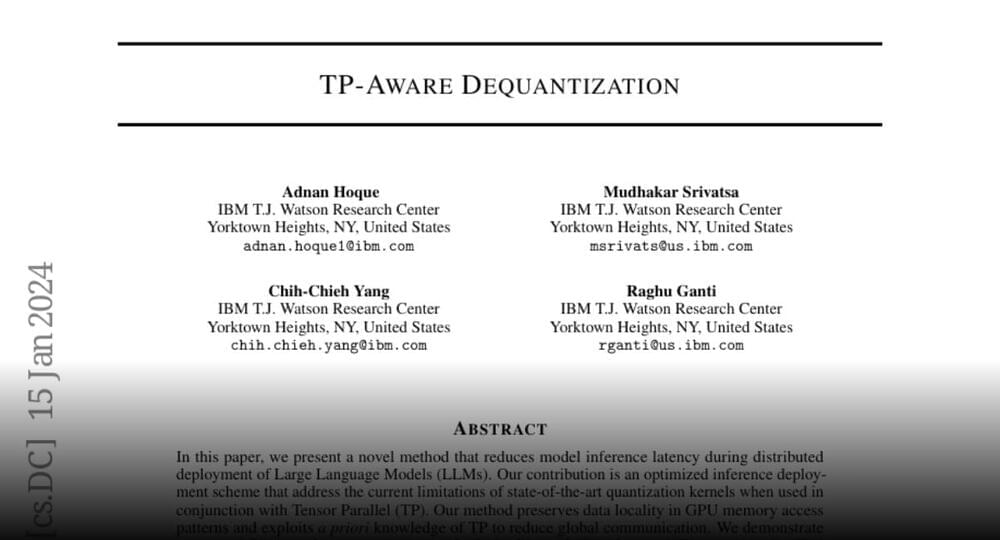
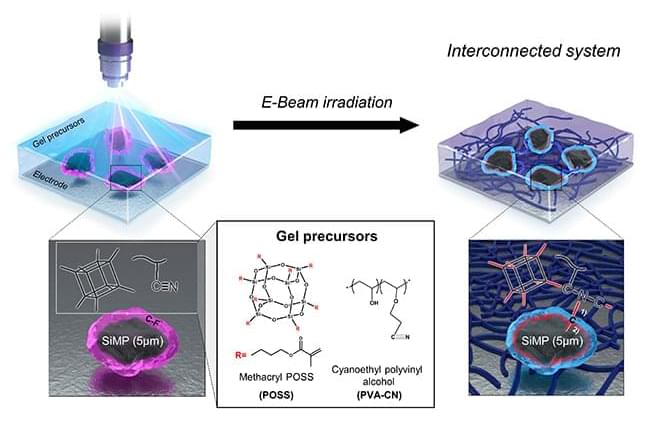
Futuristic advancements in AI and healthcare stole the limelight at the tech extravaganza Consumer Electronics Show (CES) 2024. However, battery technology is the game-changer at the heart of these innovations, enabling greater power efficiency. Importantly, electric vehicles are where this technology is being applied most intensely. Today’s EVs can travel around 700km on a single charge, while researchers are aiming for a 1,000km battery range.
Researchers are fervently exploring the use of silicon, known for its high storage capacity, as the anode material in lithium-ion batteries for EVs. However, despite its potential, bringing silicon into practical use remains a puzzle that researchers are still working hard to piece together.
Enter Professor Soojin Park, PhD candidate Minjun Je, and Dr. Hye Bin Son from the Department of Chemistry at Pohang University of Science and Technology (POSTECH). They have cracked the code, developing a pocket-friendly and rock-solid next-generation high-energy-density Li-ion battery system using micro silicon particles and gel polymer electrolytes.
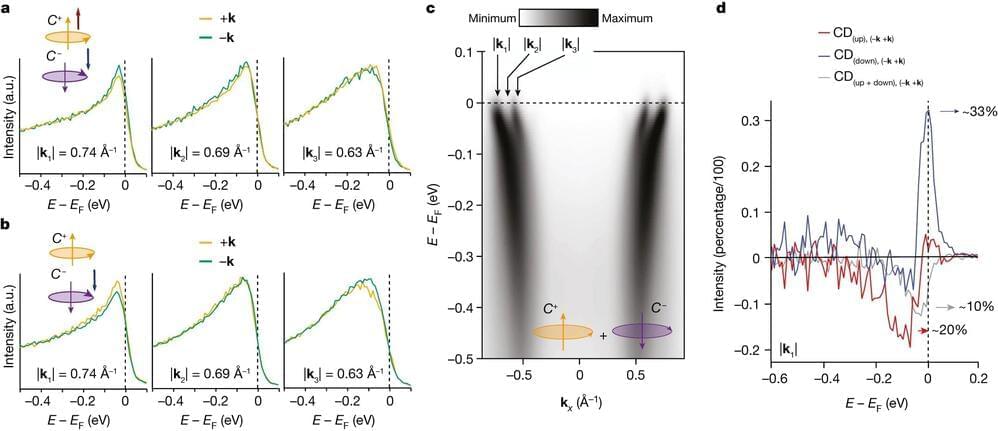
An international research group has discovered a new state of matter characterized by the existence of a quantum phenomenon called chiral current. These currents are generated on an atomic scale by a cooperative movement of electrons, unlike conventional magnetic materials whose properties originate from the quantum characteristic of an electron known as spin and their ordering in the crystal.
Chirality is a property of extreme importance in science, for example, it is fundamental also to understand DNA. In the quantum phenomenon discovered, the chirality of the currents was detected by studying the interaction between light and matter, in which a suitably polarized photon can emit an electron from the surface of the material with a well-defined spin state.
The discovery, published in Nature, significantly enriches our knowledge of quantum materials in the search for chiral quantum phases and on the phenomena that occur at the surface of materials.
This sound smuch like a deathism vid, but it winds up not being so. In reality to it’s a sports vid talking about the future of football. What is does is express the idea that if we run out of challenges we’ll invent them.
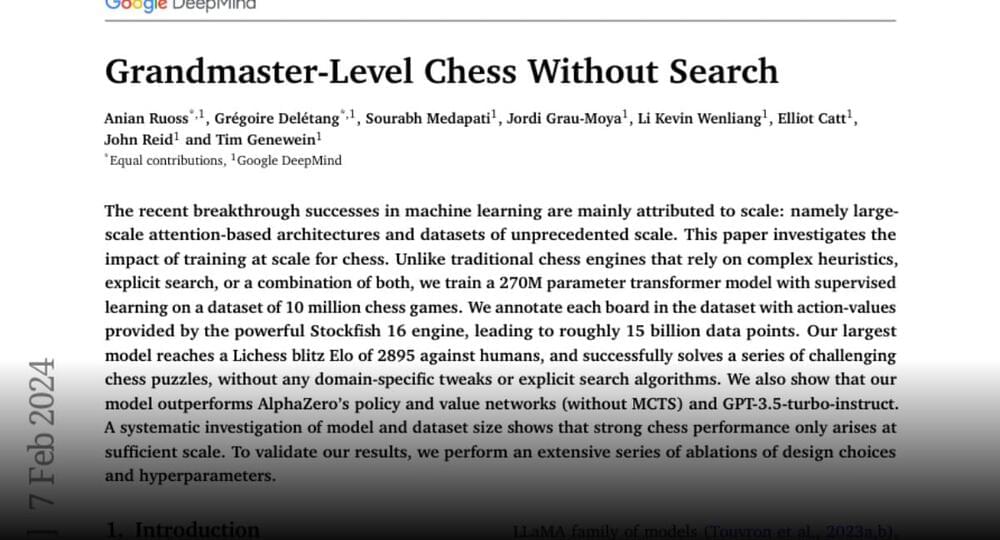
SpaceX launched an environmental research satellite for NASA early Thursday, a nearly $1 billion spacecraft that survived multiple cancellation threats and is now poised to shed new light on climate change and the complex interplay of heat-trapping carbon, aerosols and sea life on global scales.
The Plankton, Aerosol, Cloud, ocean Ecosystem mission — PACE — “will dramatically advance our understanding of the relationship between aerosols and clouds, and the global energy balance,” said Karen St. Germain, director of NASA’s Earth sciences division. “This is one of the biggest sources of uncertainty in our ability to model the climate.”
She said PACE is “going to teach us about the oceans in the same way that Webb (the James Webb Space Telescope) is teaching us about the cosmos.” And that includes “a tremendous amount about ocean biology.”
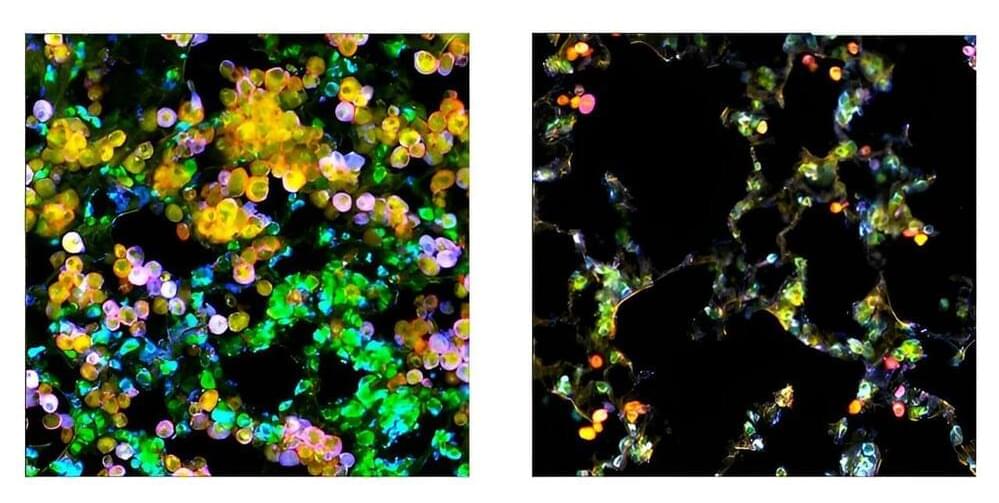
Lung adenocarcinoma is the most common lung cancer and the cause of most cancer-related deaths in the United States. There are several ways lung adenocarcinoma can arise, one of which is a mutation in a protein called EGFR (epidermal growth factor receptor). Non-mutated EGFR helps cells grow in response to injury, but mutated EGFR promotes out-of-control growth that can turn into cancer.
Modern immunotherapies don’t work against EGFR-driven lung adenocarcinoma, and while some drugs exist to treat the cancer, patients typically develop a resistance to them within just a few years. This gap in the treatment tool chest inspired Salk Institute researchers to probe for weak spots in the cancer’s growth pathway.
The team discovered that EGFR-driven lung adenocarcinoma hijacks a specialized population of lung-resident immune cells called macrophages, which are designed to dispose of diseased and damaged cells, as well as maintain a delicate balance of protective lipids (fats) around lung alveoli, which are essential for breathing.